Home>Ideas and Tips>Composting Toilet Guide: Eco-Friendly Bathroom Solutions


Ideas and Tips
Composting Toilet Guide: Eco-Friendly Bathroom Solutions
Modified: October 27, 2024
Discover the benefits of composting toilets for eco-friendly bathrooms. Learn about types, installation, and maintenance for a sustainable home.
(Many of the links in this article redirect to a specific reviewed product. Your purchase of these products through affiliate links helps to generate commission for Storables.com, at no extra cost. Learn more)
In the pursuit of sustainability and environmental consciousness, our homes are becoming increasingly eco-friendly. One of the most significant areas to focus on is the bathroom, where water consumption and waste management play crucial roles. Among the various eco-friendly options available, composting toilets stand out as a viable solution for those looking to reduce their carbon footprint and create a more sustainable living space. This article will delve into the world of composting toilets, exploring their benefits, different types, and practical considerations for installation and maintenance.
Before diving into the world of composting toilets, it's essential to understand the environmental impact of traditional flush toilets. These fixtures account for more than 30% of a household's water usage, making them one of the most significant contributors to indoor water consumption. The water used for flushing toilets is often treated water, which is a scarce resource in many parts of the world. According to the Environmental Protection Agency (EPA), four billion people globally experience water shortages for one or more months each year. Furthermore, traditional toilets also generate significant amounts of paper waste, which contributes to deforestation and landfill waste.
Composting toilets offer a sustainable alternative to traditional flush toilets by converting human waste into nutrient-rich compost. This process not only reduces water consumption but also minimizes the amount of waste sent to landfills. Here are some key benefits of composting toilets:
-
Water Conservation: Composting toilets use little to no water for flushing, making them highly water-efficient. This is particularly beneficial in areas where water is scarce or during times of drought.
-
Reduced Waste: By turning human waste into compost, these toilets significantly reduce the amount of waste sent to landfills. This helps in minimizing the environmental impact associated with landfill waste, such as methane production and soil pollution.
-
Nutrient-Rich Compost: The compost produced by these toilets is rich in nutrients like nitrogen, phosphorus, and potassium, making it an excellent fertilizer for plants. This reduces the need for synthetic fertilizers and promotes sustainable agriculture.
-
Energy Efficiency: While some composting toilets require electricity for ventilation or decomposition processes, they generally consume less energy compared to traditional toilets and their associated water treatment processes.
There are several types of composting toilets available, each with its own set of benefits and requirements. Here are some of the most popular types:
1. Self-Contained Composting Toilets
These toilets have a built-in composting chamber where the waste is decomposed. They are ideal for small households or off-grid living situations because they require minimal maintenance and can be easily installed in a bathroom.
2. Centralized Composting Toilets
These systems involve a separate composting unit that is connected to the toilet. The waste is collected in the composting unit where it is decomposed, and the compost is then transferred to a storage area.
3. Incinerating Toilets
Incinerating toilets burn human waste using electricity, turning it into sterile ash. These toilets do not require water for flushing and are particularly useful in remote areas where public sewers and septic tanks are not available.
4. Dual-Chamber Composting Toilets
Dual-chamber toilets have two separate compartments for urine and feces. This design helps in managing odors and ensuring proper decomposition of waste.
For those who prefer a DIY approach, building your own composting toilet can be a rewarding and cost-effective project. Here’s a step-by-step guide:
-
Choose the Right Materials: You will need a large barrel or trash can, sawdust or dry leaves, toilet paper, and other organic matter for composting.
-
Understand Local Sanitation Laws: Before starting your project, it’s crucial to check local sanitation laws and regulations regarding composting toilets. You may need permits or follow specific guidelines to ensure compliance.
-
Set Up the Composting Chamber: Place the barrel or trash can in a well-ventilated area and add a layer of sawdust or dry leaves at the bottom. This helps absorb liquid waste and starts the decomposition process.
-
Add Waste: Each time you use the toilet, add a layer of waste on top of the sawdust. Include toilet paper and other organic matter to help with decomposition.
-
Maintain the System: Regularly check the barrel for odors and add more sawdust or dry leaves as needed. Empty the barrel every few months, depending on usage and size.
While composting toilets offer numerous benefits, they also require careful consideration during installation and maintenance to ensure they function effectively and safely.
1. Location and Ventilation
Composting toilets need proper ventilation to manage odors. Ensure that the toilet is placed in a well-ventilated area, and consider installing a ventilation system if necessary.
2. Odor Management
To minimize odors, it’s essential to maintain a balance of carbon-rich materials (like sawdust) and nitrogen-rich materials (like human waste). Regularly adding organic matter helps in absorbing liquid waste and reducing odors.
3. Health Risks
Proper management of waste is crucial to avoid health risks associated with composting toilets. Ensure that you wash your hands after use and manage the waste well to prevent bacterial growth.
4. Legal Considerations
Before installing a composting toilet, it’s vital to check local sanitation laws and regulations. You may need permits or follow specific guidelines to ensure compliance.
While composting toilets are a significant step towards sustainability, they can be part of a broader eco-friendly bathroom design strategy. Here are some additional tips:
1. Water-Efficient Fixtures
Install low-flow toilets, faucets, and showerheads to minimize water usage without sacrificing performance. Look for WaterSense-certified products that meet rigorous efficiency standards.
Read more: How Much Is A Composting Toilet
2. Natural Lighting
Maximize natural light by incorporating large windows or skylights into your bathroom design. This reduces the need for artificial lighting during the day, saving energy and creating a brighter space.
3. Energy-Efficient Lighting
When artificial lighting is necessary, opt for energy-efficient LED bulbs. These bulbs consume less energy, last longer, and produce less heat than traditional incandescent or halogen bulbs.
4. Dual-Flush Toilets
Install dual-flush toilets that offer two flushing options—full flush for solid waste and reduced flush for liquid waste. This feature helps conserve water by allowing users to choose the appropriate flush volume for each use.
Composting toilets offer a sustainable solution for managing human waste while reducing water consumption and minimizing landfill waste. By understanding the different types of composting toilets available and following practical considerations for installation and maintenance, individuals can create an eco-friendly bathroom that not only reduces their environmental footprint but also promotes sustainable living practices. Whether you choose to install a self-contained composting toilet or build your own DIY model, incorporating these toilets into your bathroom design is an important step towards creating a more sustainable future.
In conclusion, the journey towards sustainability begins with small steps like choosing the right toilet for your home. By embracing composting toilets as part of an overall eco-friendly bathroom design strategy, we can significantly reduce our impact on the environment while creating healthier living spaces for ourselves and future generations.
Was this page helpful?
At Storables.com, we guarantee accurate and reliable information. Our content, validated by Expert Board Contributors, is crafted following stringent Editorial Policies. We're committed to providing you with well-researched, expert-backed insights for all your informational needs.
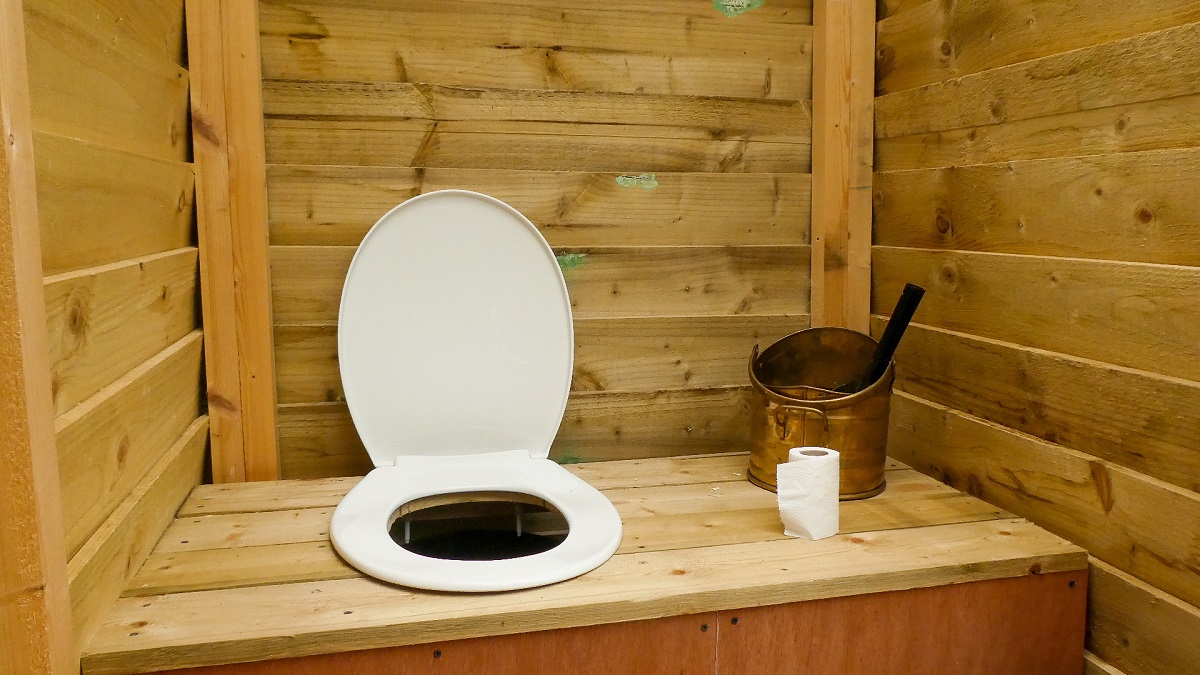

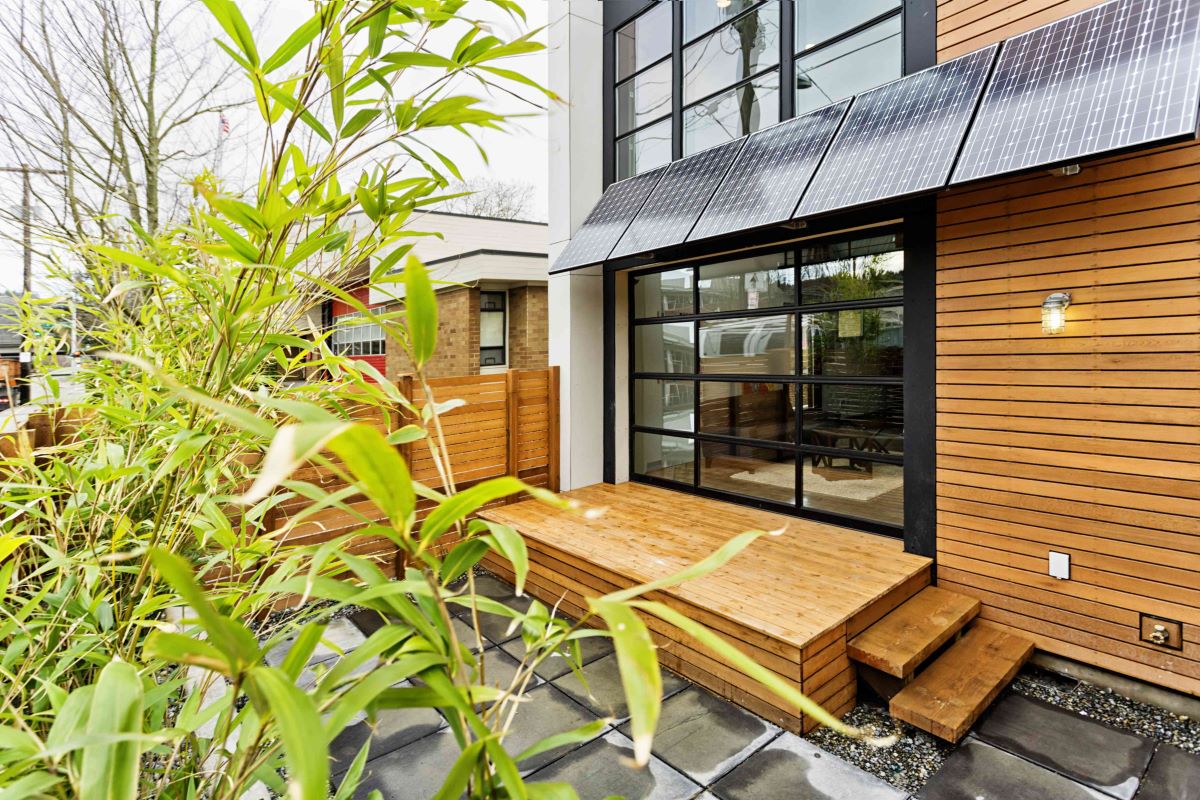
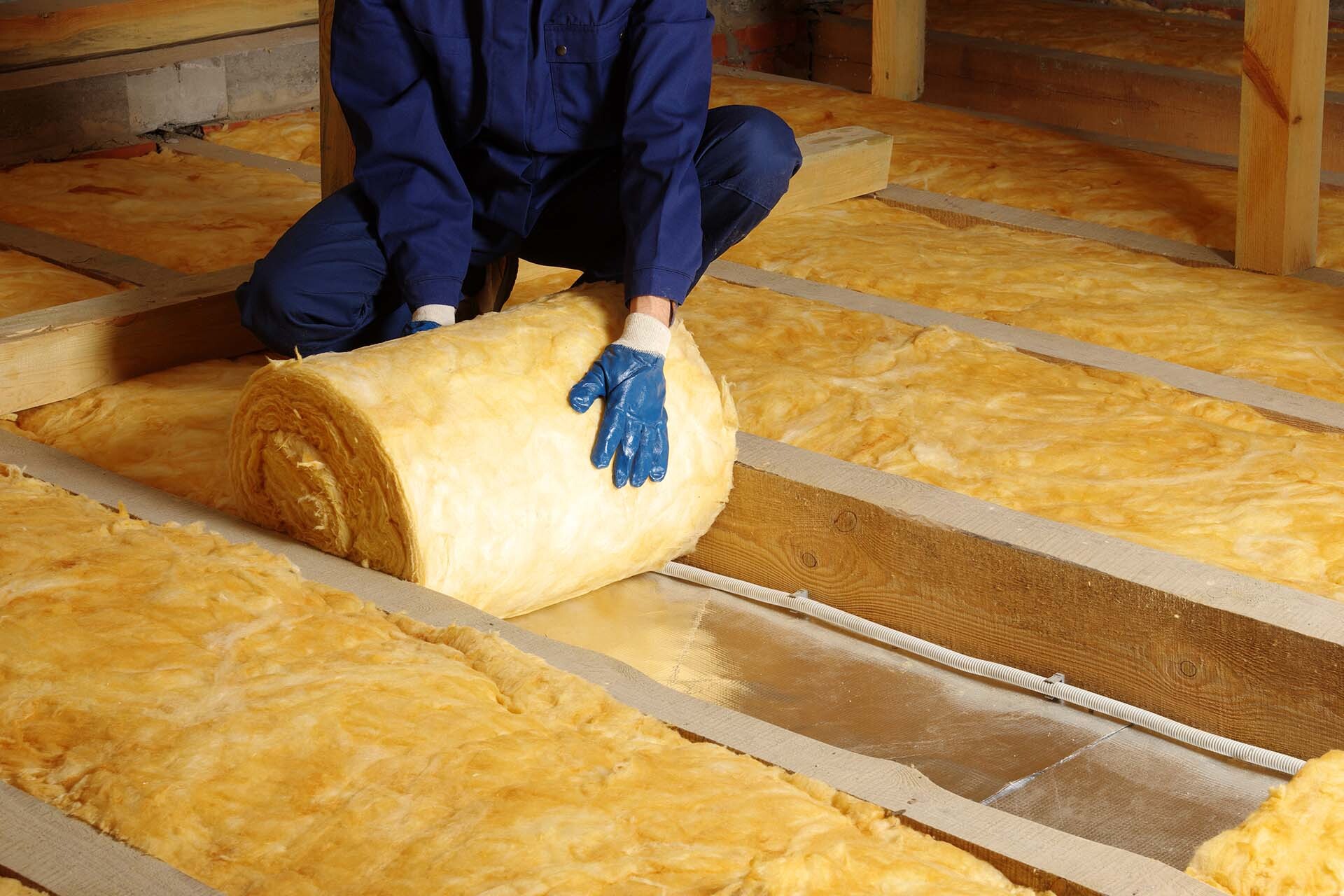
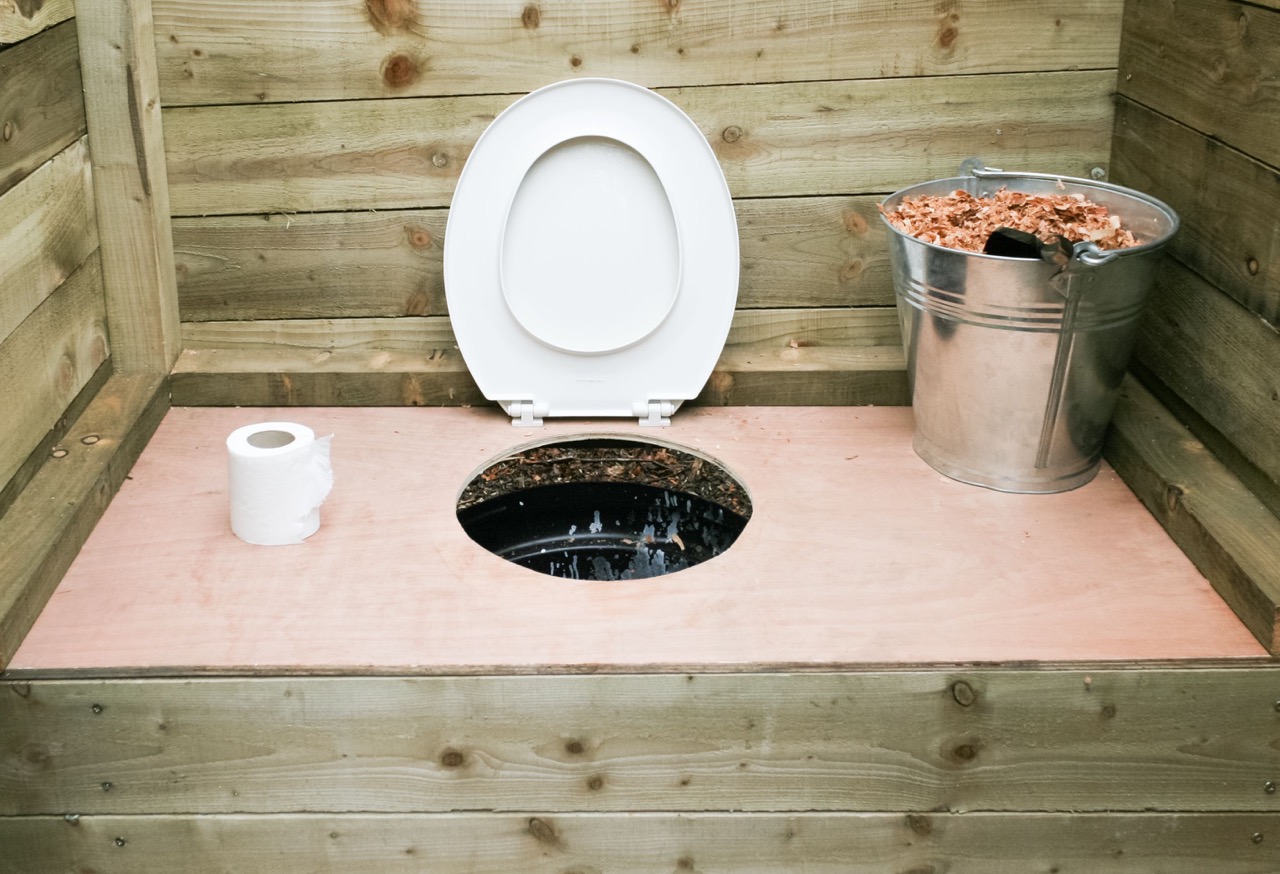
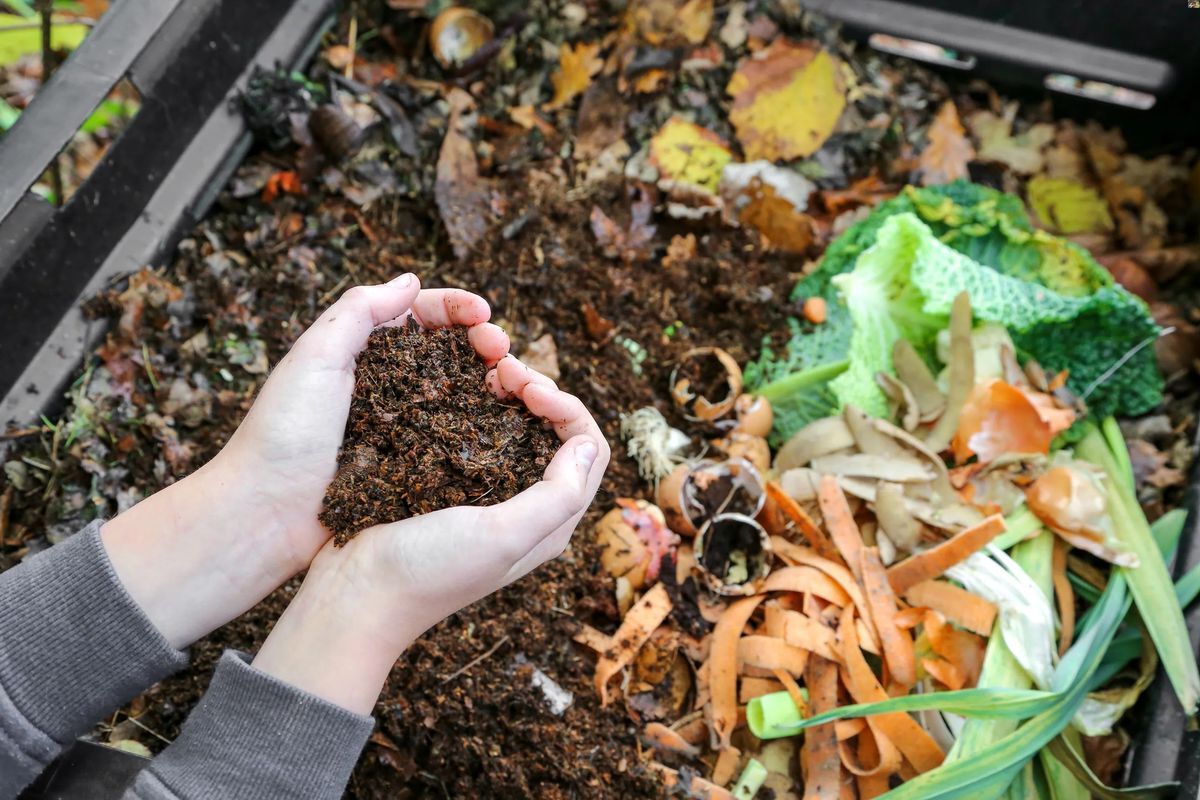
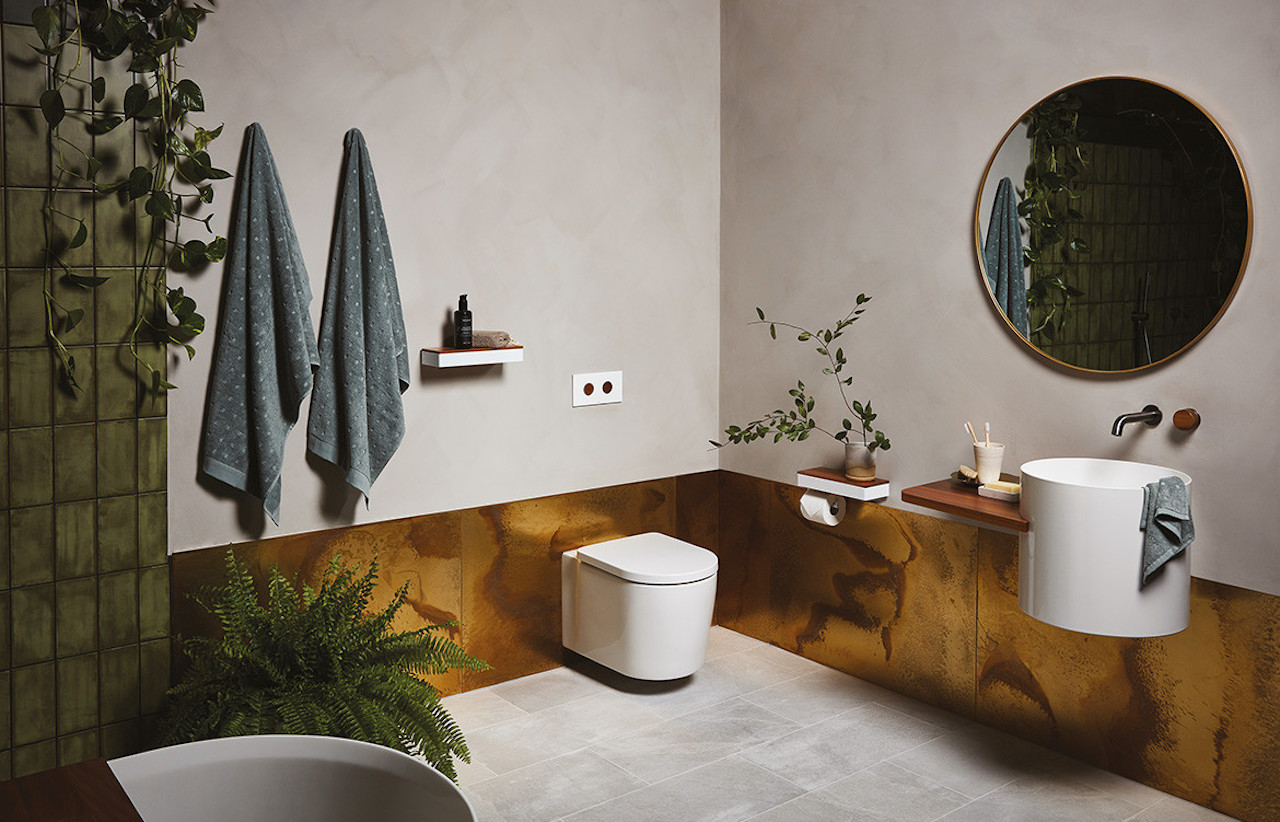

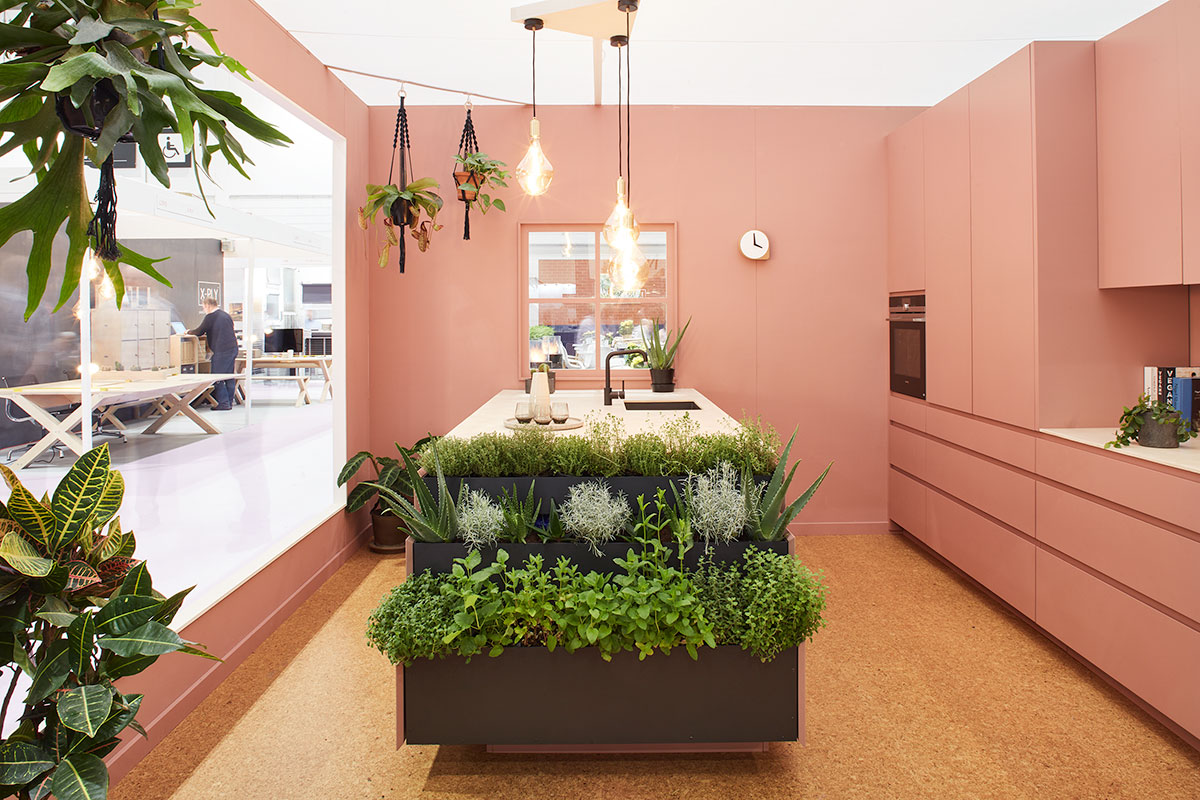


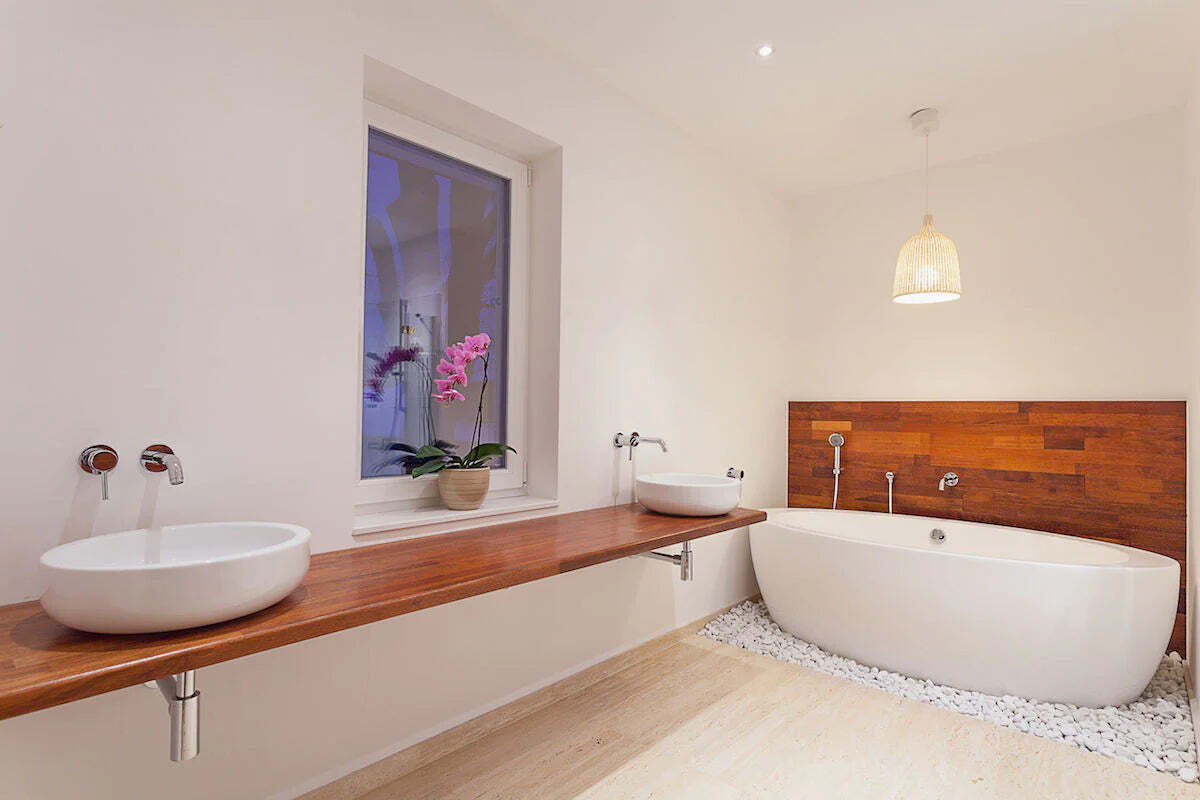


0 thoughts on “Composting Toilet Guide: Eco-Friendly Bathroom Solutions”